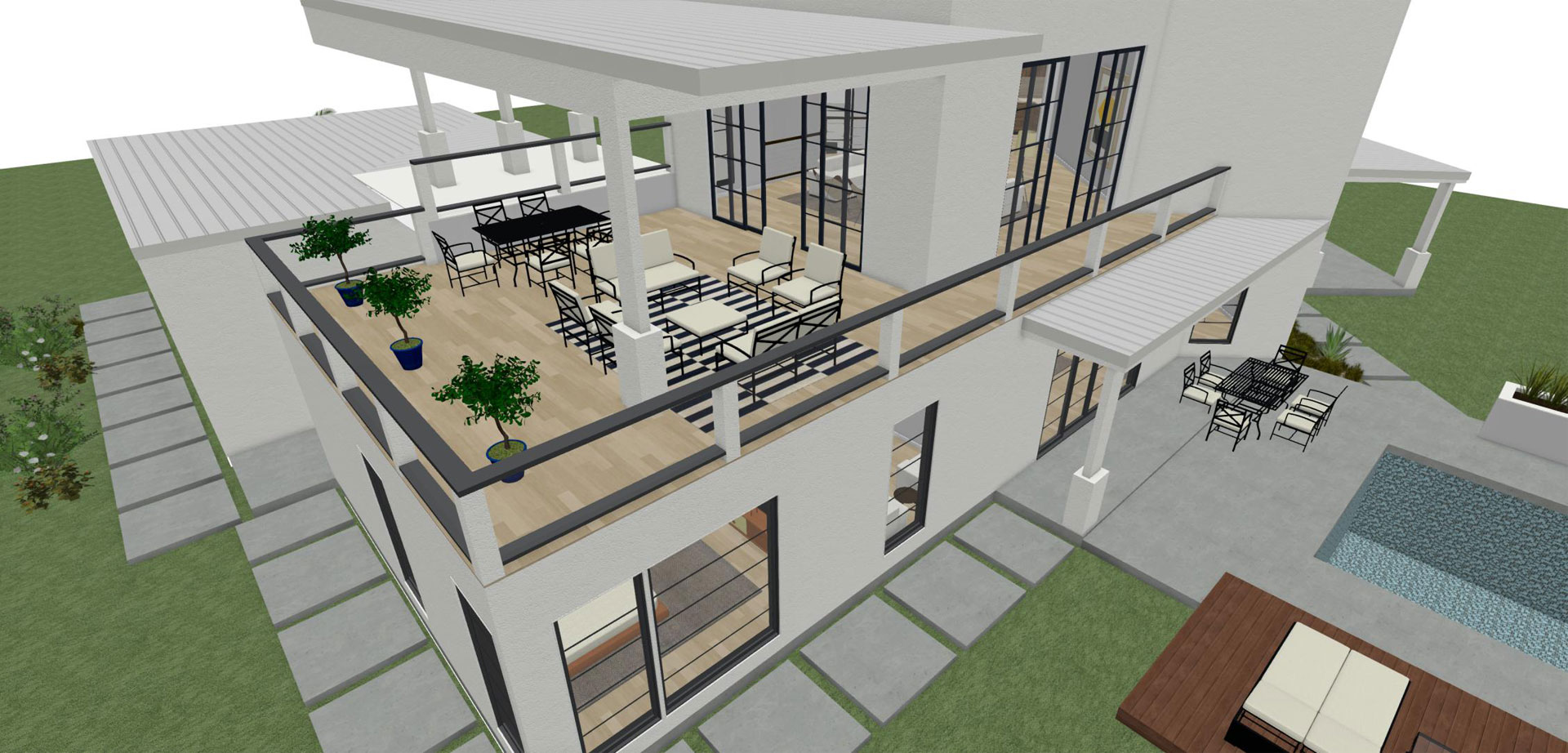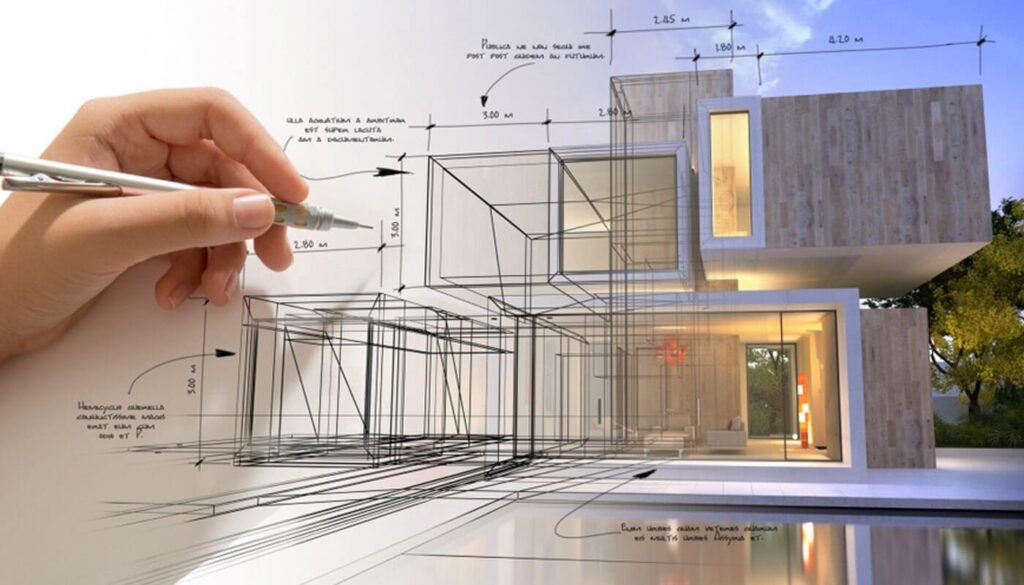Discover Cutting-edge Designs with Leading CDA Architects for Your Next Project
Discover Cutting-edge Designs with Leading CDA Architects for Your Next Project
Blog Article
A Detailed Review of Architectural Designs and Their Influence on Modern City Planning and Growth
Architectural designs have actually long served as a mirror to the societal worths and technical advancements of their time, playing a vital role in shaping modern city preparation and development. From the grandeur of Neoclassicism to the utilitarian strategy of Brutalism, each style has presented distinct concepts that influence metropolitan appearances and functionality. As modern obstacles occur, consisting of sustainability and neighborhood requirements, comprehending these historic frameworks ends up being vital. The resulting dialogue not only notifies future design practices yet likewise elevates relevant questions concerning the balance between heritage and technology in our progressing city landscapes.
Historical Summary of Building Designs

As cultures transitioned via the Center Ages, Gothic architecture arised, identified by its verticality and intricate outlining, mirroring the spiritual ambitions of the age. The Renaissance noted a resurgence of classical ideals, merging art and design in ingenious manner ins which influenced subsequent designs throughout Europe.

Today, building styles continue to advance, driven by globalization and sustainability concerns, showing a vibrant interaction between heritage and advancement. This historic review underscores the significance of architecture as a mirror of societal advancement and as a catalyst for metropolitan development.
Key Architectural Styles Explained
The diversity of architectural designs shows the myriad impacts that form our constructed setting, each symbolizing distinct qualities and cultural importances. Secret building designs include Classical, Gothic, Baroque, Modernism, and Postmodernism, each standing for one-of-a-kind historic contexts and aesthetic approaches.
Classical design, rooted in ancient Greece and Rome, stresses symmetry, percentage, and the use of columns (cda architects). On the other hand, Gothic design, flourishing in the Middle Ages, is defined by pointed arcs, ribbed safes, and flying buttresses, developing an angelic top quality in cathedrals. Baroque style, emerging in the 17th century, is noted by majesty, fancy ornamentation, and a dynamic interplay of light and shadow
Innovation, which gained momentum in the early 20th century, prioritizes function over type, utilizing brand-new materials like steel and glass to create minimal structures. Postmodernism, responding versus the austerity of Innovation, welcomes eclecticism and historic referral, often incorporating spirited elements and irony.

Influence On Urban Planning
Fit the advancement of cities, architectural designs significantly affect metropolitan planning choices. The option of building style frequently determines the aesthetics, performance, and total personality of urban atmospheres. As an example, innovation, with its emphasis on minimalism and functionality, motivates open spaces and the combination of technology, forming city layouts that focus on efficiency and ease of access. Alternatively, traditional designs might stress historical conservation, leading to urban styles that preserve social heritage and promote pedestrian-friendly atmospheres.
Moreover, architectural styles can affect zoning regulations and land make use of policies. Urban planners need to think about the prevailing building patterns when making districts, guaranteeing that new developments integrate with existing structures. This consideration cultivates cohesive urban landscapes and improves neighborhood identification.
The application of details building designs can additionally influence socioeconomic elements within a city. As an example, premium modern layouts may bring see in affluent locals and services, causing gentrification, while more budget friendly real estate options may focus on sensible and lasting styles to suit varied click resources populations. Eventually, the interaction between architectural styles and metropolitan preparation creates dynamic cities that reflect both historical context and modern requirements, shaping the lived experiences of their occupants
Sustainability and Modern Style
Building styles play a critical duty in attending to contemporary difficulties, particularly in the world of sustainability. As metropolitan locations broaden and environmental problems escalate, modern-day design increasingly accepts sustainable layout concepts that prioritize power performance, source preservation, and very little eco-friendly influence.
Contemporary building activities, such as biophilic style and eco-friendly style, supporter for structures that harmonize with their environments, making use of natural products and advertising biodiversity. These designs frequently incorporate renewable resource resources, such as photovoltaic panels and wind generators, to reduce dependence on fossil gas and lower carbon impacts.
Furthermore, the combination of innovative modern technologies, such as smart building systems, enhances energy administration, enhancing source use while making sure passenger comfort. Cutting-edge water monitoring strategies, including rainwater harvesting and greywater recycling, further add to sustainable city environments.
Especially, sustainability prolongs past ecological concerns; it encompasses social and economic dimensions. By cultivating community health and advertising inclusivity, contemporary building styles line up with lasting advancement goals. Consequently, the evolution of building techniques proceeds to shape durable cities that not just fulfill the needs of the here and now yet additionally guard the future for generations to find.
Area Engagement in Layout
Community interaction in style works as a crucial bridge in between architects and the populaces they offer, guaranteeing that the developed setting mirrors the demands and ambitions of its individuals. This joint process welcomes neighborhood participants to contribute their understandings and preferences, promoting a feeling of ownership and obligation towards the spaces they inhabit.
Efficient area engagement uses various methods, such as workshops, surveys, and public discussion forums, to gather diverse point of views. These techniques assist in a two-way dialogue, allowing engineers to comprehend local contexts while empowering citizens to voice their concerns and needs. This inclusivity not just boosts the Going Here design top quality however additionally advertises social equity by dealing with the unique challenges encountered by marginalized teams.
In addition, area involvement can cause cutting-edge remedies that might not arise in a conventional design process. By incorporating neighborhood expertise and social values, engineers can produce areas that reverberate more deeply with users, boosting use and sustainability. Eventually, prioritizing community engagement in style procedures causes environments that nurture social communications, assistance health, and strengthen community connections, thereby playing a crucial duty fit contemporary urban landscapes.
Conclusion
Building styles have exceptionally affected contemporary city planning and advancement, showing developing social and technological contexts. The assimilation of historical visual appeals with contemporary demands fosters urban atmospheres that prioritize sustainability and neighborhood interaction. As cities remain to grow and adapt, the ongoing dialogue between building heritage and contemporary layout concepts will continue to be crucial in creating inclusive, vibrant spaces that enhance top quality of life and advertise social equity. The future of urban growth joints on this harmonious equilibrium.
Report this page